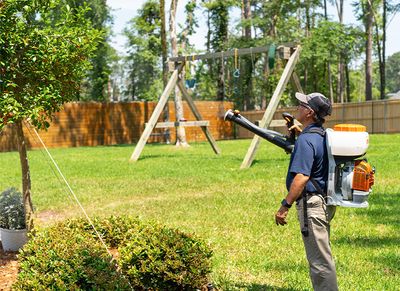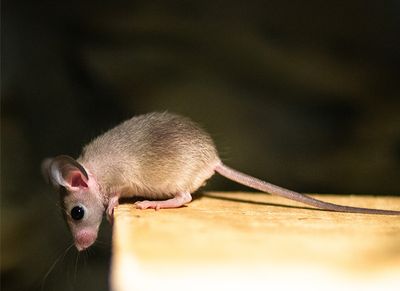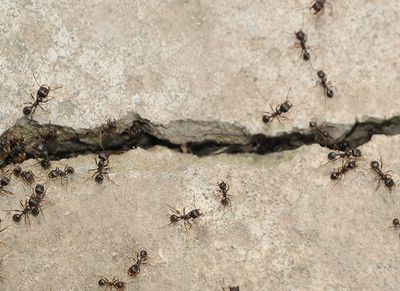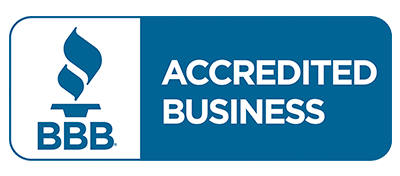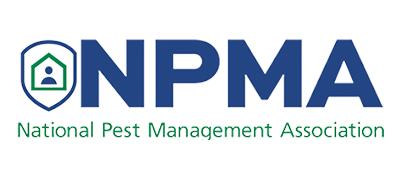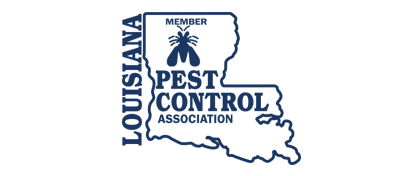What do termites look like?
Subterranean termite workers are soft-bodied insects with large heads, six legs, and a creamy white coloration. They're approximately one-fourth of an inch long or less. They do not have wings.
Termite swarmers, the reproductive members of a termite colony, are about one inch long, have black bodies, and four brownish-gray wings.
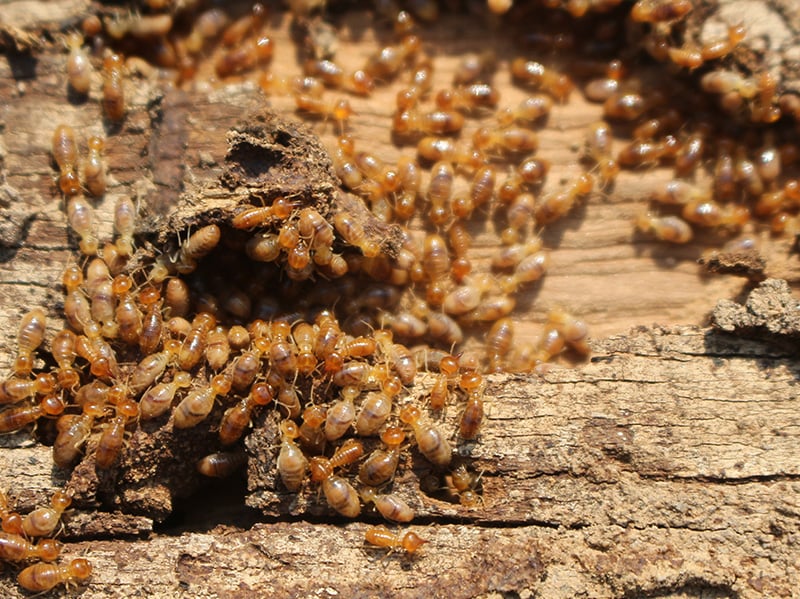
When are termites most active?
What do termites eat?
All termites eat cellulose, a material found inside plants like wood, leafy vegetables, root vegetables, some fruits, paper, cardboard, and clothing. Subterranean termites prefer to consume wet cellulose-based items as they are easier to break down. If your building has sections of water damage, these little insects will have a reason to invade. Things like wet cardboard, untreated lumber, newspaper, sticks, and leaf piles will quickly attract subterranean termites to your property.
Are termites harmful?
Subterranean termites are not harmful to humans. They do not spread any diseases and do not bite or sting. Plus, your chances of seeing these insects around your home are extremely slim. You are much more likely to notice the signs of an infestation. That said, certain termites can trigger asthma attacks with the frass they push out of exit holes in floors, walls, and ceilings. Frass is like sawdust and is typically produced by carpenter ants and drywood termites. It is not a problem with subterranean termites. It is only with severe infestations of subterranean termites that any health problems arise. These problems are directly connected to mold, fungal growth, and other issues related moisture issues they contribute to.
I saw termites with wings; what does that mean?
When a termite nest grows large, the queens produce swarmers. Swarmers are winged reproductive termites whose job is to leave the nest and find suitable places to build new colonies and scavenge for food. It's important to pay attention to where you see swarmers. If you see them outside your home, it means there is a nest nearby, and they are considering your home a potential food source. On the other hand, if you see swarmers indoors, it's an existing infestation.
What are the signs of termites?
There are a couple of early warning signs of termites. The first is swarmers, which we have already discussed. The second is mud tubes. Mud tubes are small, pencil-width tunnels that subterranean termites use to cross gaps between soil and wooden structures. Look for mud tubes around your home’s foundation. Other signs of termites that appear much later include sagging floors or ceilings, visible water damage, bubbling or cracking paint, and difficult-to-open windows and doors.
Should you not buy a house with termites?
It's important to remember that just because you can't see termites, it doesn't mean they can't affect a home's value. If you're considering buying a house and discover it has termites, it's essential to think about the cost. Termite damage is reparable, but it can be expensive. Negotiating with the sellers for a better deal is advisable, and it's important to remember that untreated termites and termite damage can lead to additional problems.
How do I get rid of termites?
Anti-Pest provides effective termite control in Shreveport, Bossier City, and communities in Bossier, Caddo, and DeSoto Parishes that features the Sentricon® System, a termite baiting and monitoring solution. If you need help exterminating these wood-destroying insects, you can depend on our team of experienced and trusted pest control specialists! Start service now or complete the form below to talk about your termite concerns.
How can I prevent termites?
To prevent a termite infestation, we recommend implementing the follow termite prevention tips:
- Make sure the soil does not come into direct contact with wood around the foundation of your home.
- Remove rotting or dead tree limbs and other organic material from your yard.
- Relocate firewood, lumber, and other building materials away from your home and up off the ground.
- Consider replacing wood-based mulch with gravel or another non-organic mulch.
- Fix leaks both indoors and outdoors.
- Replace water damaged wood.
- Ensure rainwater drains away from the foundation.
- Properly ventilate basements, attics, and other areas to reduce humidity levels and prevent moisture build-up.

Testimonials


Our Services
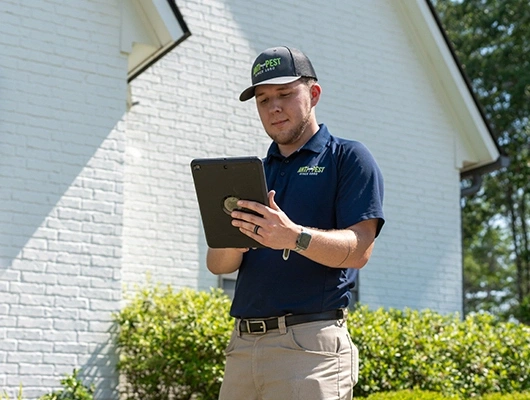
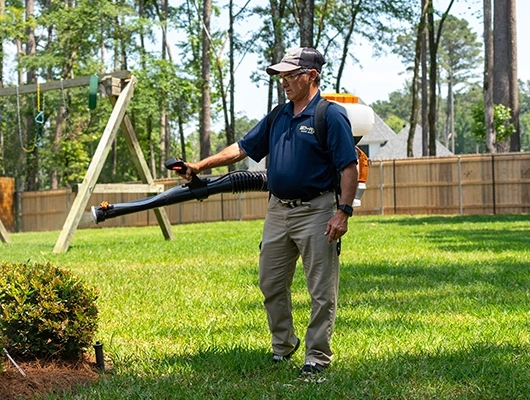
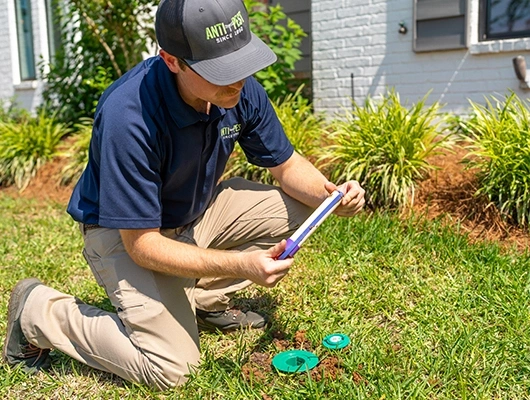
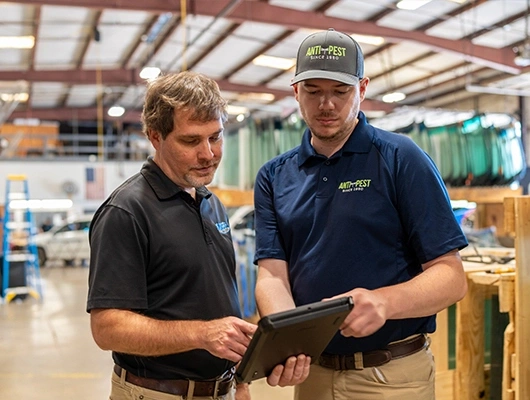
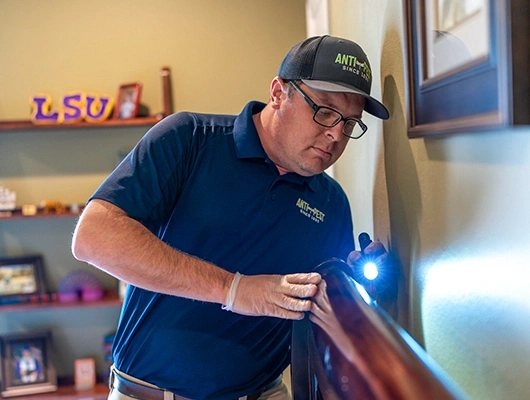
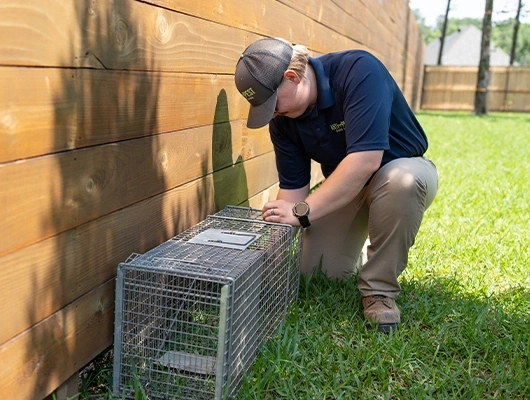
News, Blogs, & Articles
Anti-Pest Blog
